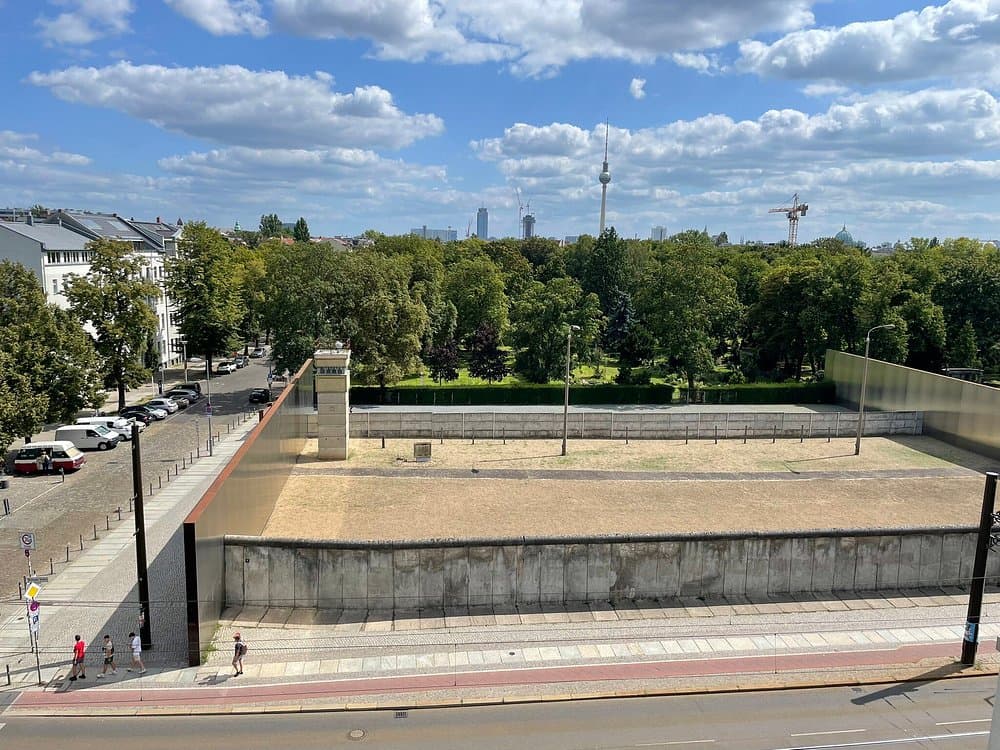
Stepping into the Berlin Wall Memorial (Gedenkstätte Berliner Mauer) is a powerful, somber, and essential experience. Unlike other fragments of the Wall scattered around the city, this isn't just a single graffiti-covered slab. It is a comprehensive open-air museum that preserves a 1.4-kilometer section of the former border fortifications. As you walk along Bernauer Strasse, you are transported back to the era of a divided city. The memorial vividly illustrates the "death strip" in its full terrifying complexity—the inner wall, the patrol path, anti-vehicle trenches, and the hauntingly empty no-man's-land. It’s a place of quiet reflection, where the scale of the barrier and the heartbreaking stories of those who tried to cross it become tangibly real. This isn't just a history lesson; it's a deeply human story of separation, courage, and the enduring desire for freedom.
The Basics
The Berlin Wall Memorial is the central memorial site of German division, officially dedicated in 1998. Its core is the outdoor exhibition along Bernauer Strasse, a street infamous for dramatic escape attempts as buildings on the east formed the actual wall. Key features include the Window of Remembrance, honoring those who died at the Wall, a reconstructed chapel on the site of the Church of Reconciliation (destroyed by the GDR), and an original preserved section of the border with its watchtower. The modern Visitor Center and the Documentation Center with its viewing tower provide crucial context. Best of all, admission to the entire outdoor memorial and the Documentation Center is completely free, making it an accessible and unmissable stop on any Berlin itinerary.
Things to Know Before You Go
Entry to the outdoor memorial, Documentation Center, and the viewing tower is free. A small fee applies for the audio guide (highly recommended for deeper context), which is available in multiple languages. There is a Visitor Center at the start (on Bernauer Strasse / Gartenstrasse corner) with information, tickets for the audio guide, and a bookshop. Restrooms are available here. The outdoor memorial is largely accessible. The Documentation Center and its viewing tower are also wheelchair accessible via an elevator. To truly absorb the site, plan for at least 1.5 to 2 hours. History enthusiasts can easily spend half a day reading all the exhibits and listening to the full audio tour. Be prepared for a moving experience. The site commemorates a tragic period, and the stories, particularly at the Window of Remembrance, are emotionally powerful.
How to Get There
The memorial is centrally located and very easy to reach using Berlin’s excellent public transport (BVG). Take U8 to Bernauer Strasse station. Exit the station and you are literally at the beginning of the memorial. Take S1, S2, S25, or S26 to Nordbahnhof station. From there, it's a short 5-minute walk to the memorial. This S-Bahn station itself is a historic site, a former "ghost station" sealed off during division, with its own exhibit. Tram M10 stops at both Gedenkstätte Berliner Mauer and Bernauer Strasse/Brunnenstrasse, providing excellent access.

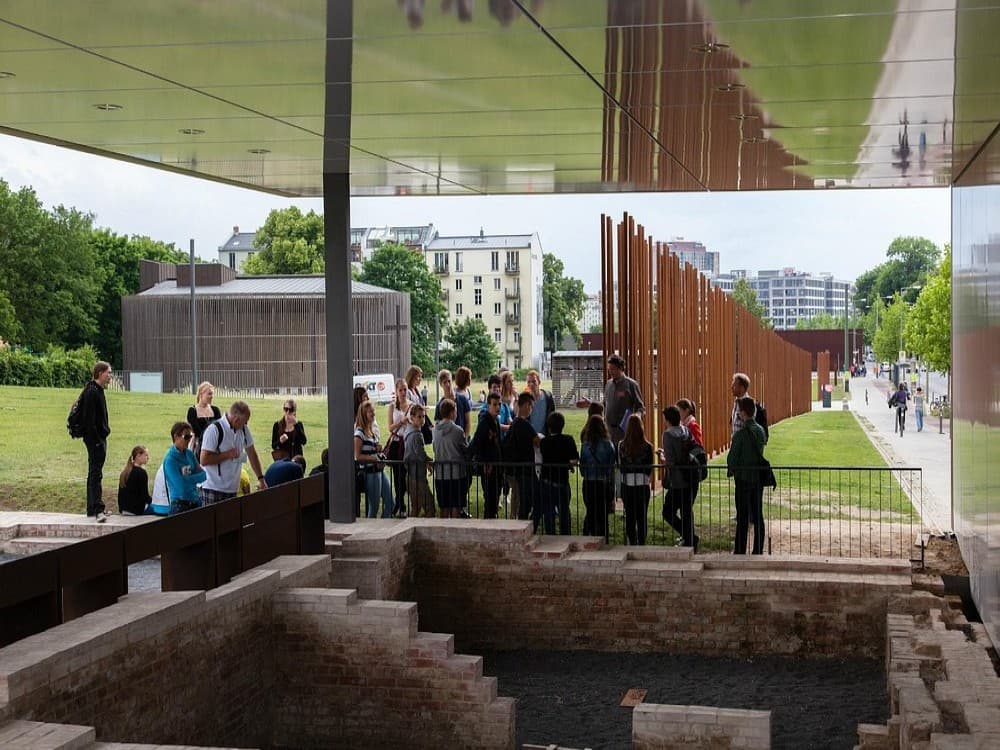
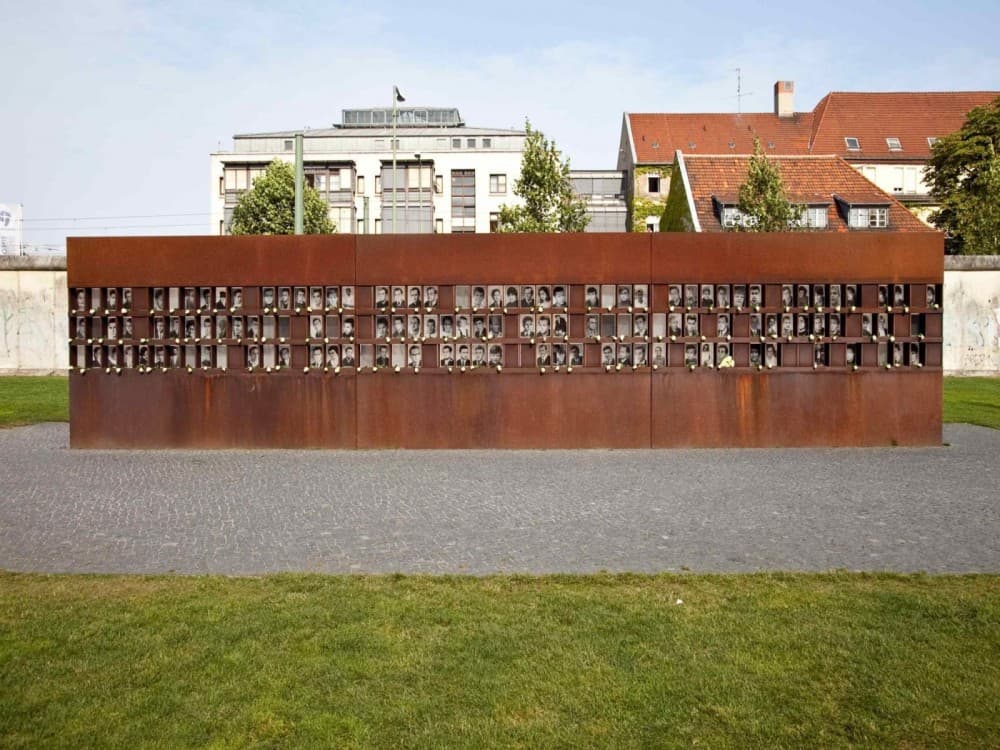
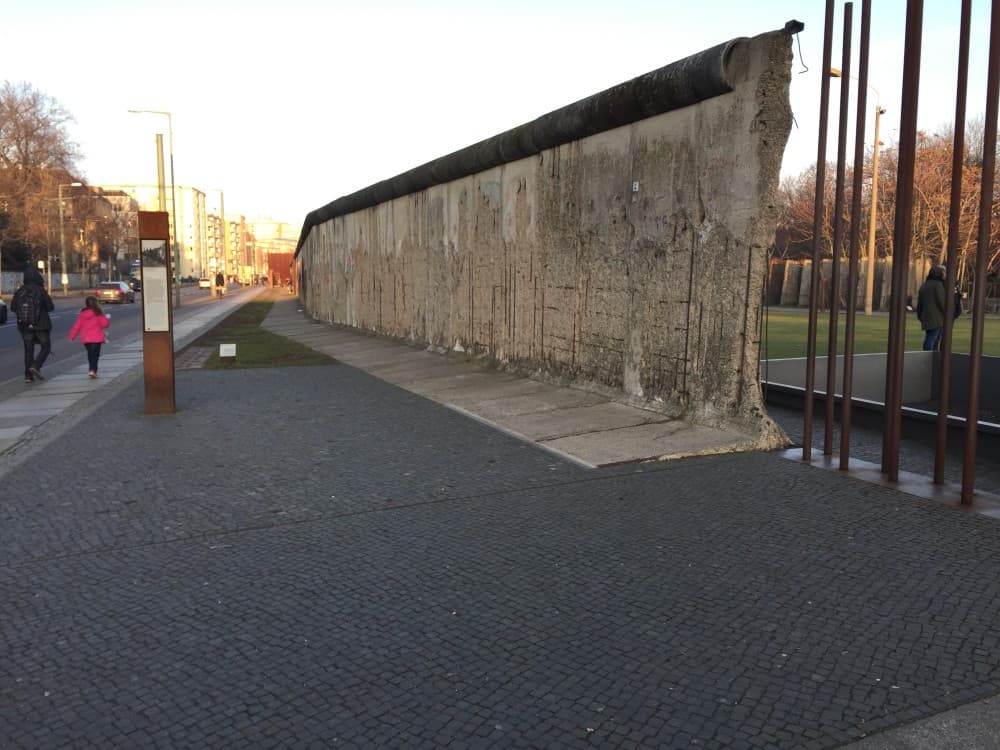
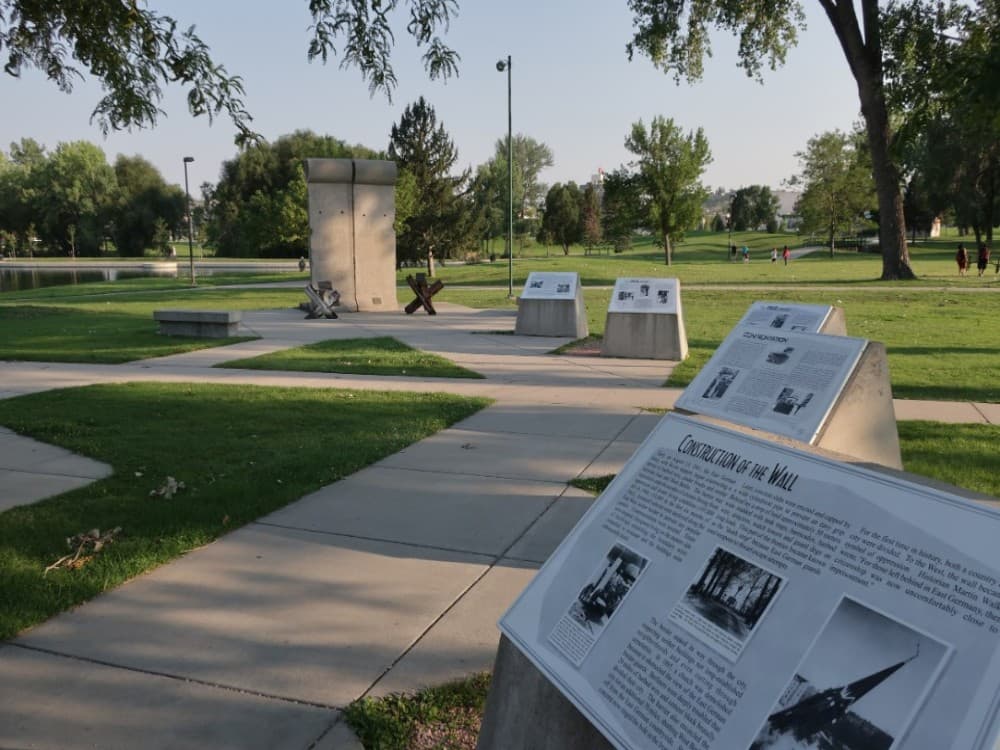
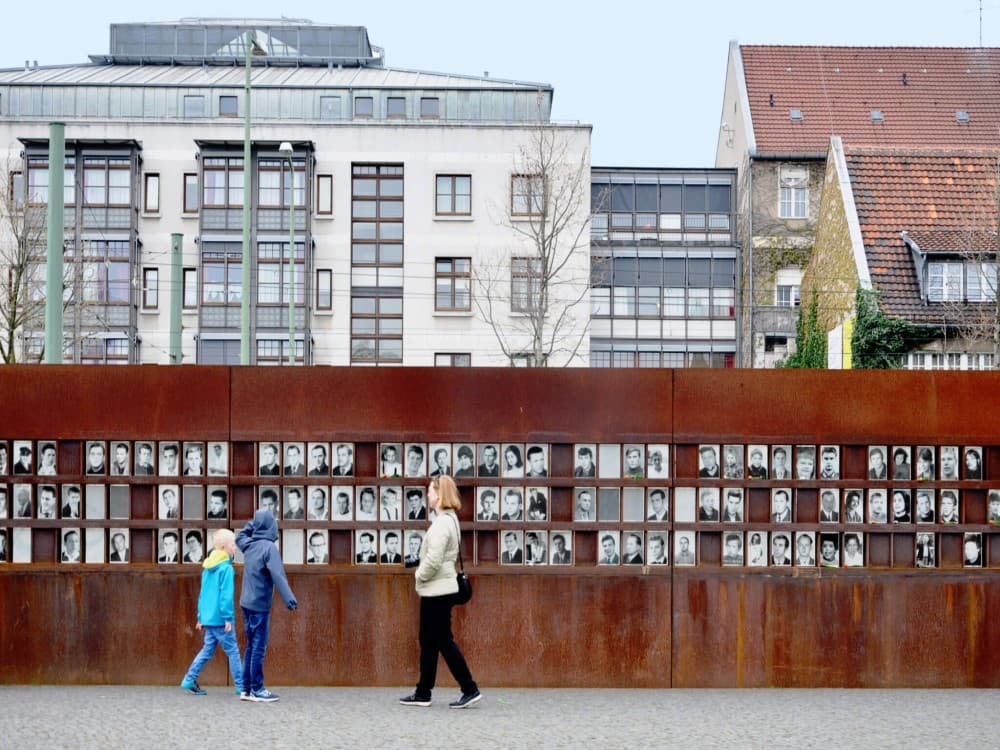
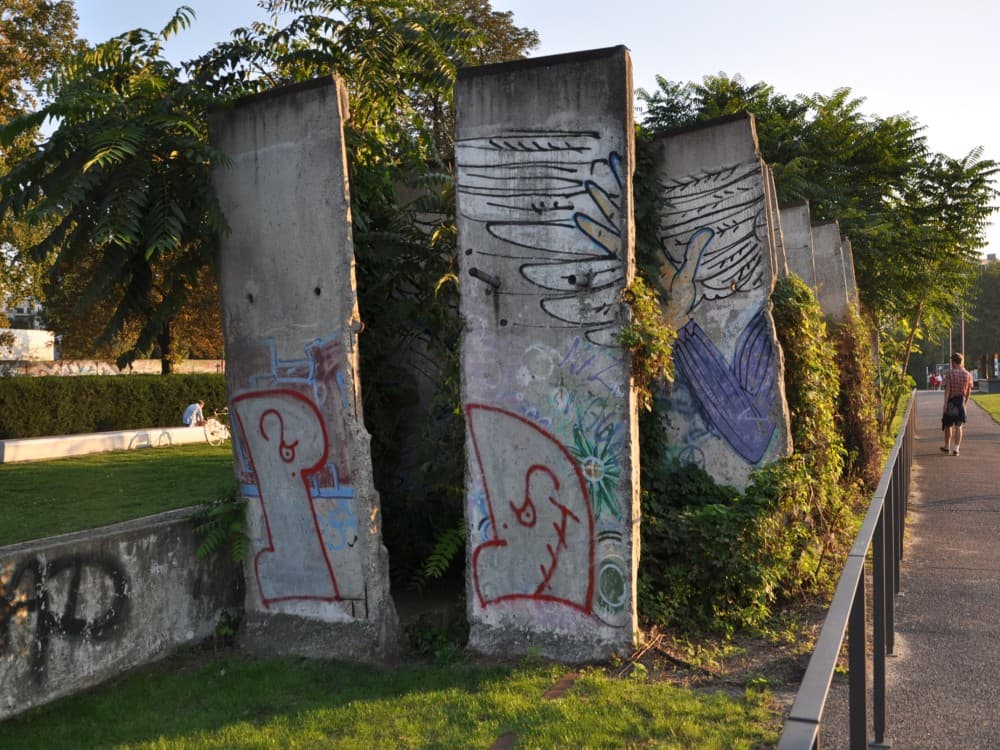
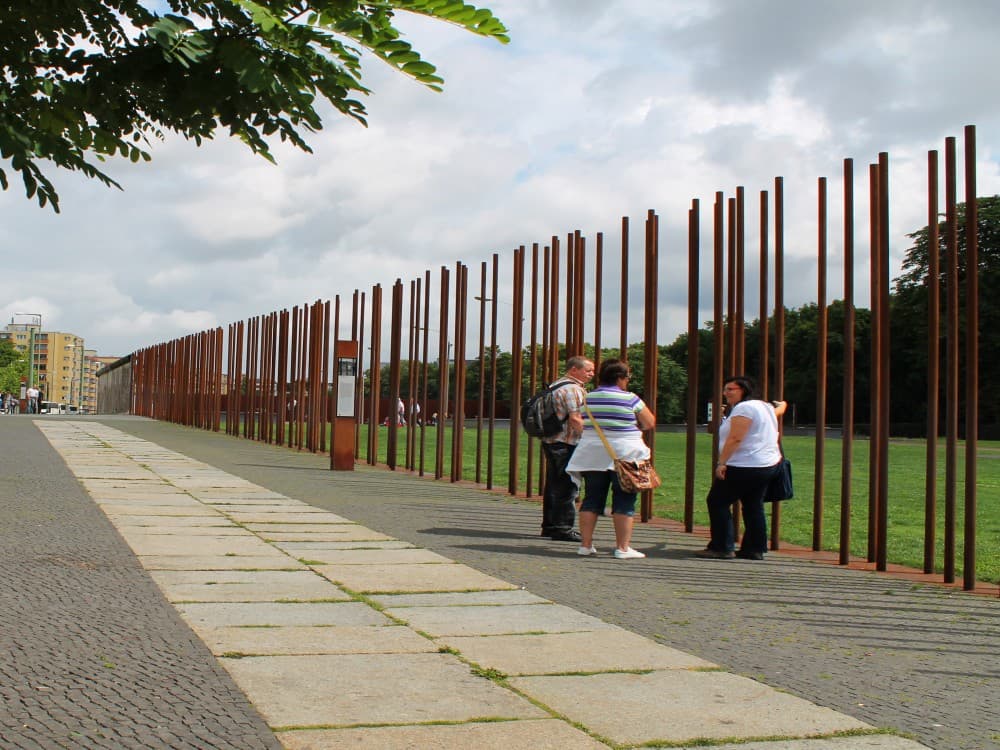
When to Get There
To avoid the largest crowds, aim for a weekday morning. The open-air nature of the site means weather plays a role; a clear, dry day is ideal for comfortable exploration. While the memorial is impactful year-round, the somber atmosphere can be particularly poignant on gray, off-season days. The Documentation Center and Visitor Center offer shelter from rain or extreme cold. The memorial is open daily: the outdoor areas are accessible from 8:00 AM to 10:00 PM, while the Visitor Center and Documentation Center have shorter hours, typically from 10:00 AM to 6:00 PM (always check the official website for the most current times before your visit).
Day Trips from Berlin
The memorial's location in the Mitte district places it near other significant sites, making a perfect day of historical exploration. A short walk south leads you to the Mauerpark, a popular Sunday flea market and karaoke spot built along the Wall's former path. Heading east, you can visit the Nordbahnhof S-Bahn station to see the "Ghost Station" exhibition. For a broader context, combine your visit with a trip to the Stasi Museum in Lichtenberg or the Stasi Prison, which delves deeper into the GDR's oppressive regime. Alternatively, take the S-Bahn to Potsdamer Platz to see more isolated Wall segments and the excellent Topography of Terror exhibition, located on the former site of the Gestapo and SS headquarters.